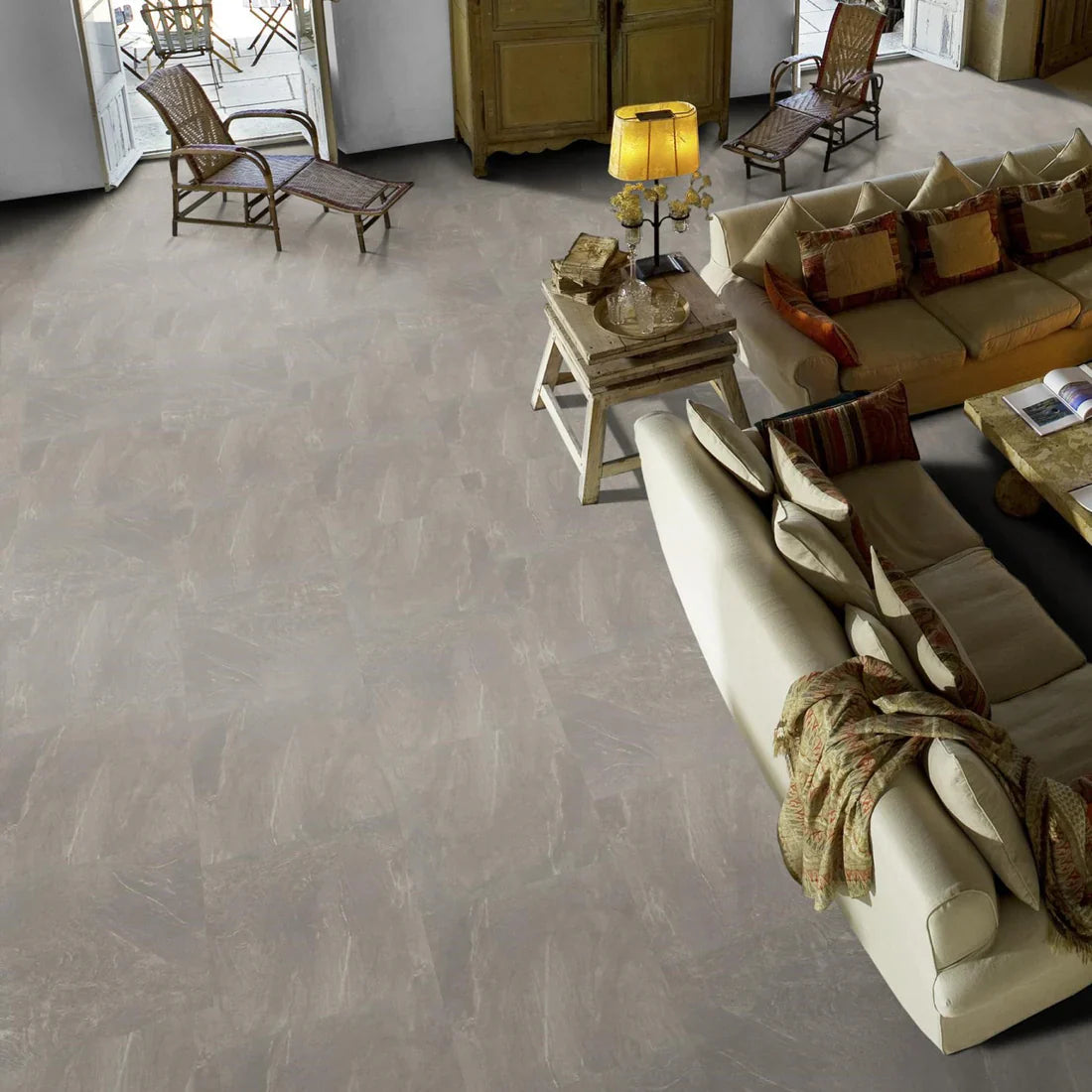
Author, Written by: Bledy (Installation Expert and Technical Writer)
Choosing flooring for a multi storey home can be a challenge. You want each level to feel cohesive while still serving the practical needs of different rooms. Mixing and matching flooring across storeys allows you to combine style, comfort, and durability, but it requires thoughtful planning to ensure the result feels intentional rather than disjointed.
Why Mix Flooring Across Levels?
-
Functionality: Bedrooms may need warmth and comfort, while kitchens or hallways benefit from water resistant and durable surfaces.
-
Style Variation: Different flooring can define spaces and reflect the atmosphere you want on each level.
-
Budget Flexibility: You can invest more in high traffic areas while using cost effective options upstairs.
-
Resale Value: A home that balances practicality and aesthetics appeals more to future buyers.
Tips for Mixing and Matching Flooring
1. Stick to a Cohesive Colour Palette
Even if you choose different materials, keeping colours within the same palette creates flow. For example, pairing light oak engineered wood downstairs with a soft beige carpet upstairs will look unified.
2. Match Undertones
Warm undertones (like honey, beige, or red oak) pair best with other warm shades, while cooler tones (like grey or ash) should be matched with other cool finishes. This avoids visual clashes.
3. Balance Style and Mood by Floor Level
-
Ground Floor: Use durable and stylish options such as engineered wood, LVT, or laminate to handle heavy traffic.
-
Upper Floors: Softer flooring like carpet or cork provides comfort and reduces noise in bedrooms.
-
Bathrooms: Waterproof solutions like vinyl or SPC are the safest choice.
4. Use Consistent Transitions
Even if you avoid transition strips within a room, between levels you can use consistent stair nosing and edging to create a polished finish.
5. Play with Patterns and Textures
Introduce subtle variety by mixing finishes. For instance, herringbone wood on the ground floor paired with straight planks upstairs adds interest without overwhelming the design.
6. Consider Acoustics
In multi storey homes, noise can travel between floors. Using underlay with engineered wood or laminate, or opting for carpet upstairs, helps reduce sound transfer.
Example Combinations for UK Homes
-
Engineered Oak Downstairs + Carpet Upstairs: A classic choice offering durability below and warmth above.
-
Stone Look LVT in the Kitchen + Wood Look Vinyl in Living Areas: Stylish cohesion with practicality in wet spaces.
-
Laminate in Hallways + Cork or Carpet in Bedrooms: Affordable yet comfortable solutions that make sense by function.
The Last Word
Mixing and matching flooring across storeys is about creating harmony between function and design. By focusing on colour continuity, material suitability, and acoustics, you can achieve a home that feels connected yet tailored to each space. The right combination ensures every floor level looks beautiful, feels comfortable, and works for your lifestyle.
About Author:
Bledy is a flooring installation expert with over 15 years of experience. He writes easy to follow guides and tips to help homeowners and professionals with flooring projects.
